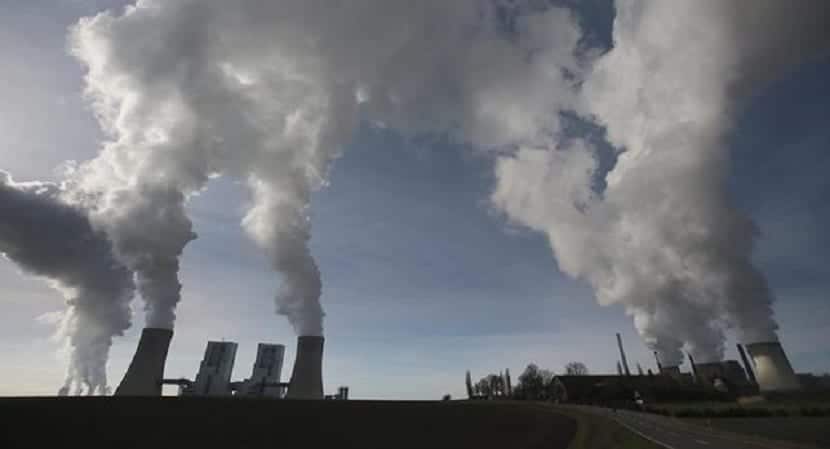
As I have mentioned numerous times, climate change affects practically every corner of the planet. In some more vulnerable places, it obviously affects them more and in others less. But in Europe, the most prominent negative effects affect and will continue to affect the southern and southeastern regions.
The most affected areas are the Mediterranean and coastal areas. In this article about the Arctic we can see what are the closest consequences of the thaw caused by climate change. As we can see, our country is among the first to be harmed by the effects of climate change.
Europe 2016 Climate Change, Impacts and Vulnerability Report
The report was presented on January 25 by the European Environment Agency (EEA). This document is about 420 pages long and summarizes data from hundreds of studies that have been conducted in recent years. These studies have been based on the effects that climate change is having and will have throughout Europe.
Extreme events such as heat waves, heavy rainfall and droughts they will occur more and more frequently. Furthermore, practically all forecasts for the immediate future of Europe are quite pessimistic if greenhouse gas emissions into the atmosphere are not quickly reduced.
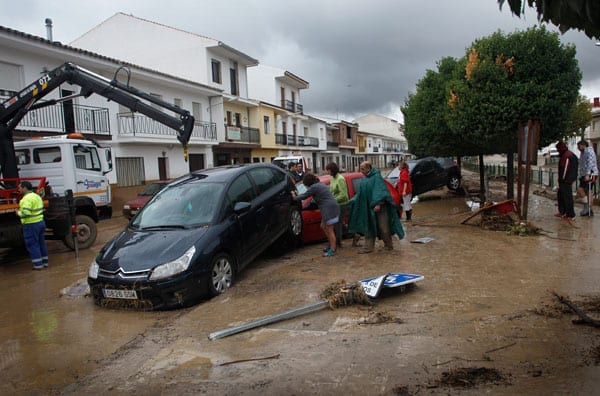
Despite reducing greenhouse gases, the effects of climate change will not stop, they just will not increase. However, the effects that we are seeing will already continue to change the ecosystems that we know. The observed changes in climate are already having a considerable impact on ecosystems, the economy and human health and well-being in Europe.
Impacts on the planet
Despite the efforts being made, and even if the Paris Agreement is put in place, ever higher annual record temperatures are being recorded, sea level height continues to rise and Arctic ice continues to retreat faster each year. In addition, annual rainfall is changing, with existing European regions becoming more humid and dry ones more arid.
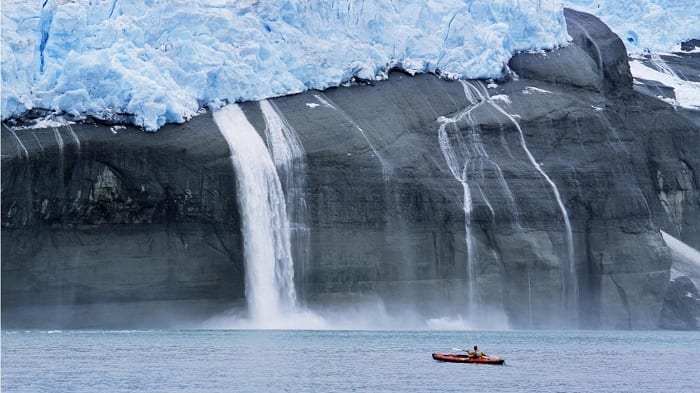
Globally, the volume of glaciers and their extension are decreasing, with the serious consequences that we saw in the previous link. At the same time, extreme weather-related events such as heat waves, heavy rainfall, and droughts, they occur with increasing frequency and intensity in many regions. Improved climate projections provide additional evidence that climate-related extreme events will increase in many European regions.
Climate change hotspots
As I have commented before, all regions of the planet are vulnerable to climate changeAlthough it is true that some of them will experience more negative repercussions than others. Southern and southeastern Europe will be the hotspots for climate change. More adverse impacts are expected to occur in these parts of Europe.
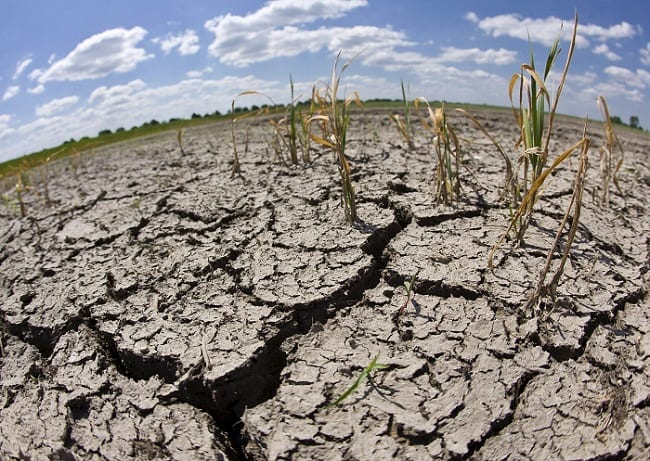
These regions are already experiencing a marked increase in maximum temperatures and a consequent decrease in rainfall and river flow, which also means an increased risk of more intense droughts, a loss of crop yields, a loss of biodiversity and an increase in forest fires.
More frequent heat waves and changes in the distribution of infectious diseases sensitive to climate change are expected to translate into increased risks to human health and well-being.
Climate change in human health and the economy
Above all, the coastal areas and floodplains of western Europe are considered critical points since they have a greater risk of floods derived from the rise in sea level. Changes in the cycles of species, their movement to other areas, etc. They are affecting negatively to various ecosystem services and economic sectors such as agriculture, forestry and fisheries.
With climate change, the expansion of diseases closer to Ecuador will be imminent. Its health effects include injuries, infections, exposure to chemical hazards, and mental health consequences. Heat waves have become more frequent and intense, causing tens of thousands of premature deaths in Europe. This trend is expected to increase and intensify, unless appropriate adaptation measures are taken.
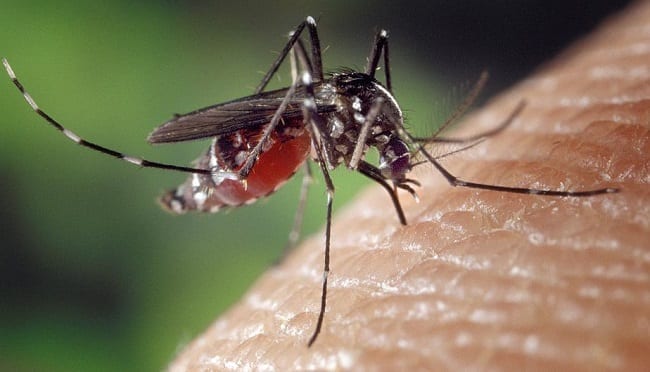
The spread of certain species of ticks, the Asian tiger mosquito, and other disease carriers increases the risk of contracting Lyme disease, tick-borne encephalitis, West Nile virus infection, dengue fever, Chikungunya fever, and leishmaniasis.
As we can see, we are one of the countries most vulnerable to climate change and I hope that something will be done to curb its devastating effects.